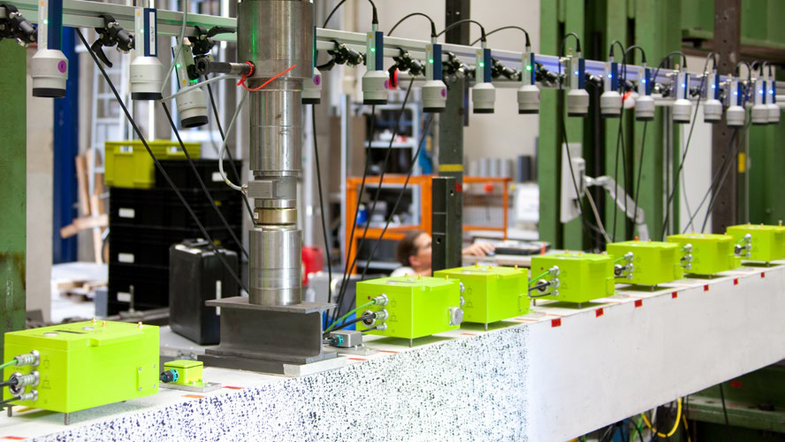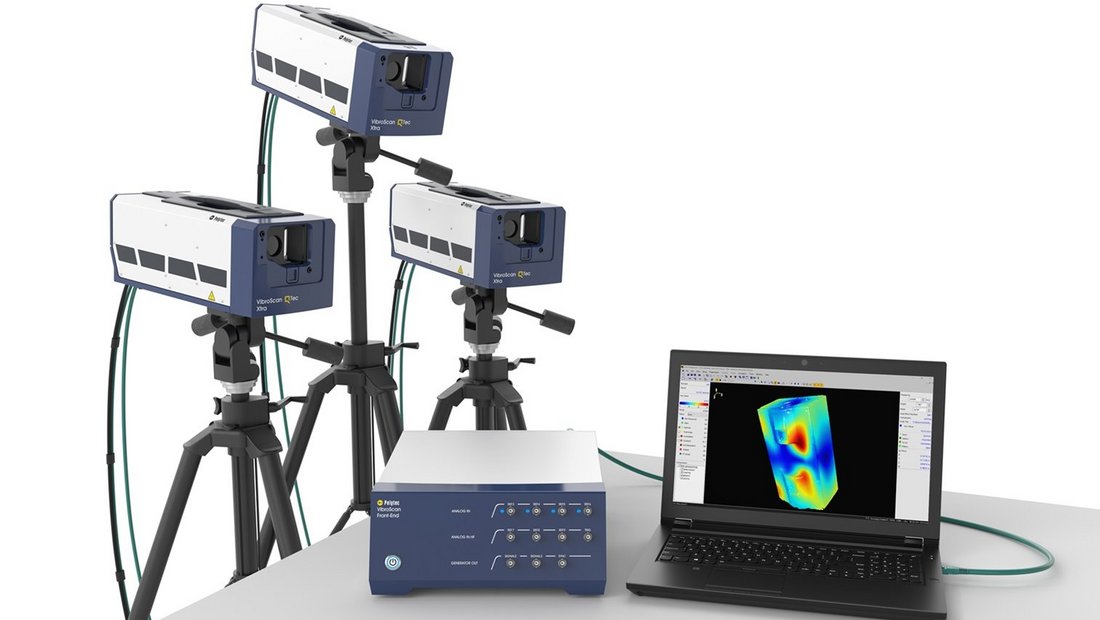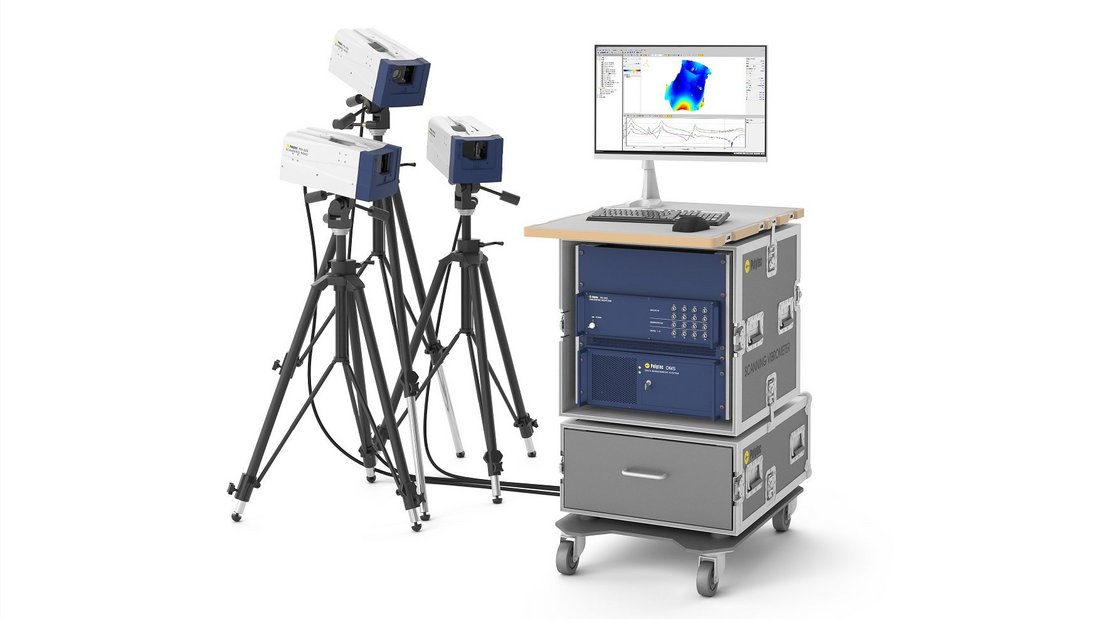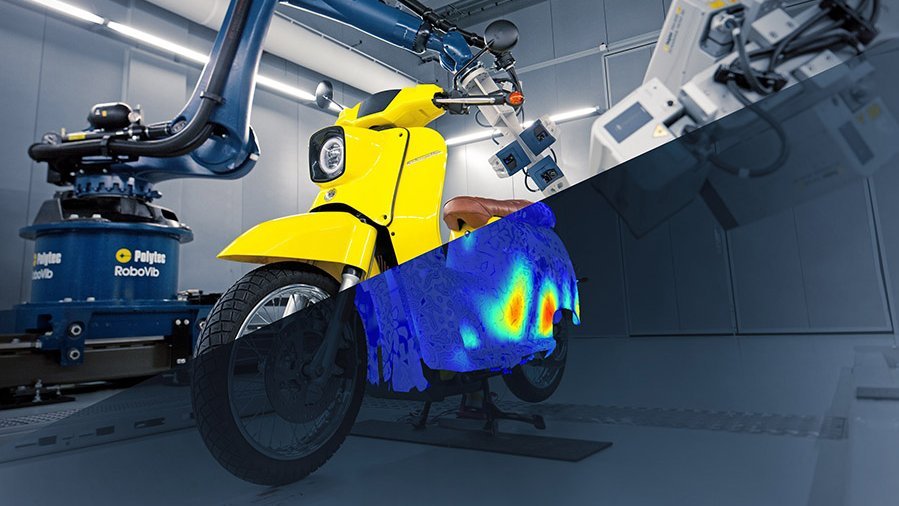Reliably testing fatigue behavior
Reliable material parameters are essential if simulation models are to make safe predictions – especially when durability of the service life is being calculated. Structures in automotive engineering, medicine and energy technology are exposed to load changes of more than ten million cycles over the course of their expected lifetime –due to either high-frequency stress or a long operating time of up to 30 years. This range is referred to as the very high cycle fatigue (VHCF) range and extends far beyond the range of classic S-N curves. Extensive knowledge of the fatigue behaviour of the materials used is thus of vital importance if these high-performance components are to operate reliably in the VHCF range. To be able to go through the high load changes of 1010 in a reasonable time period of less than one month, the samples are offset in resonance vibration at frequencies in the kHz range.
Polytec Magazine
Validation on bridge superstructures
A modal-based monitoring system
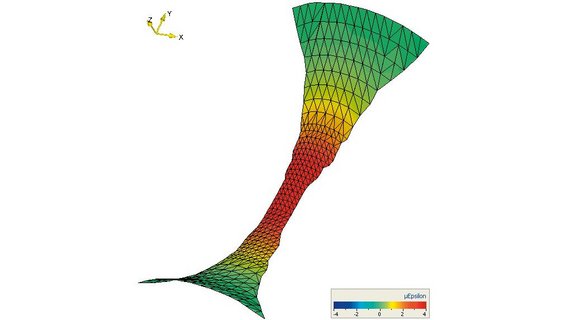
Measuring stress and strain and Eigen modes
With regard to verifying the simulated sample model, Polytec 3D Scanning Vibrometers provide a direct way of measuring the true fatigue sample’s Eigen modes and Eigen frequencies. Another potential application lies in the field of high-frequency stress and strain analysis, since contact measurement methods such as strain gages are not suitable for this type of endurance stress. This method also comes into play for operational reliability testing of high-stress train components (wheel rims), wind turbines and ultrasonic scalpels (medical technology).
